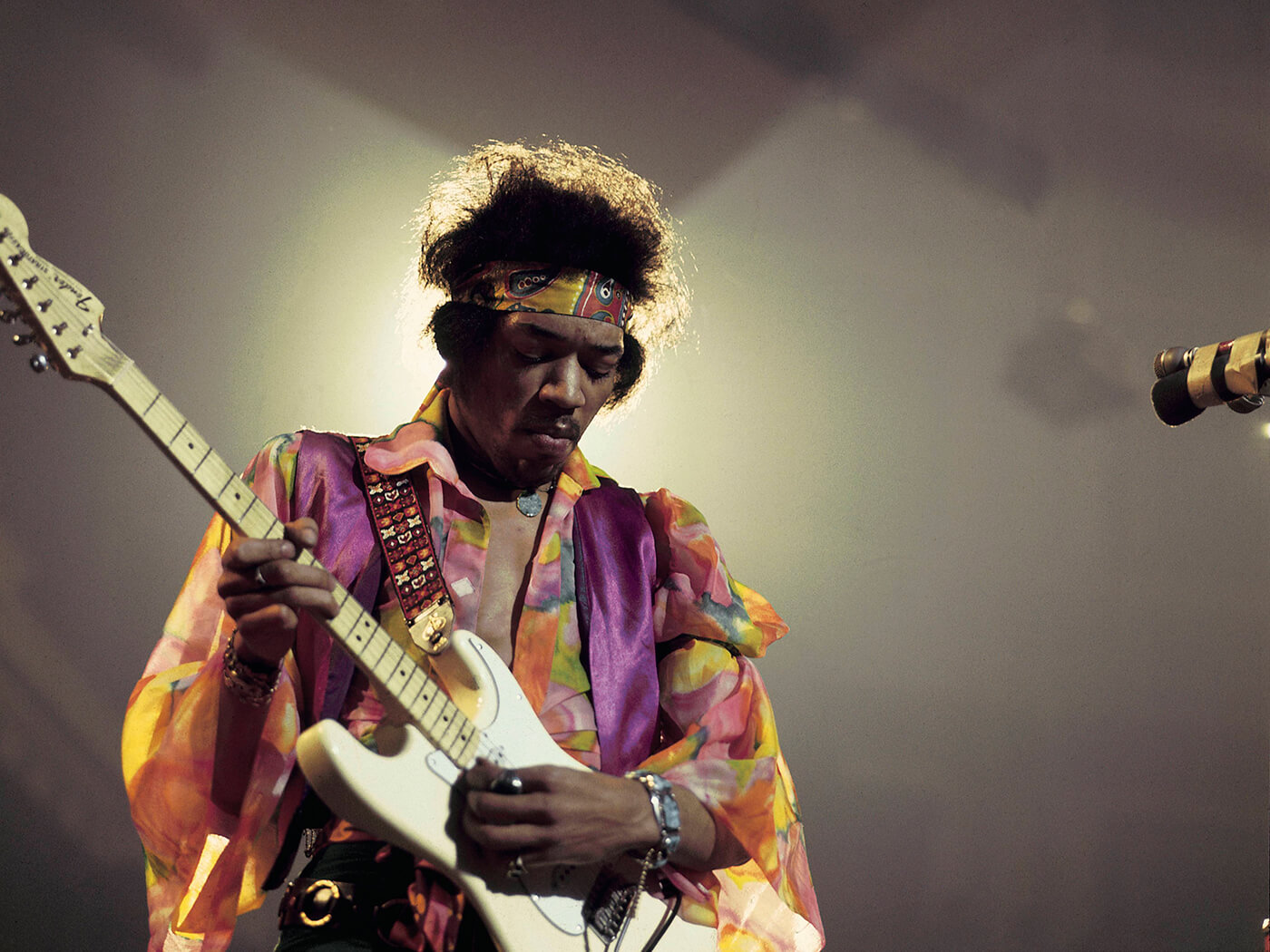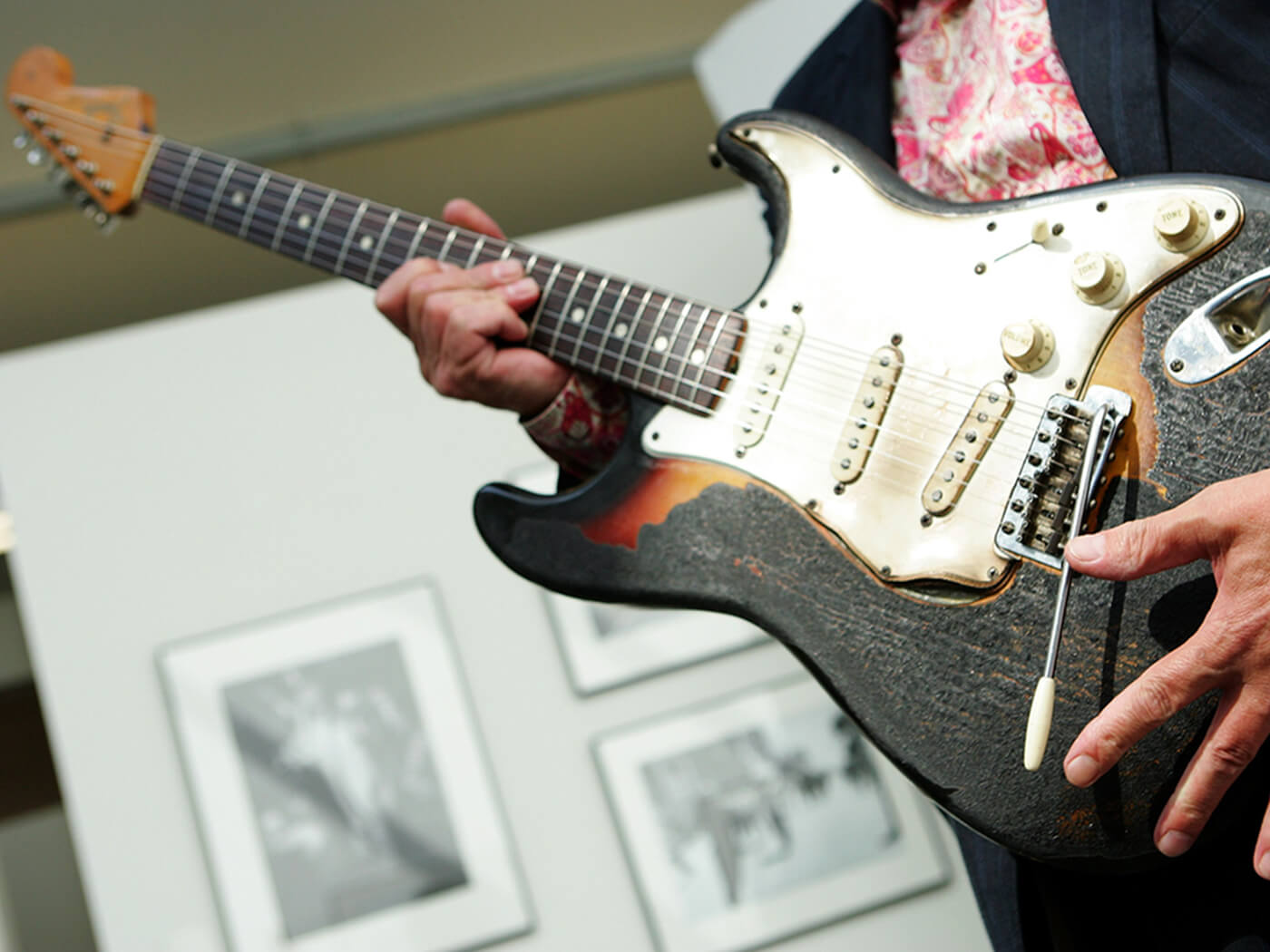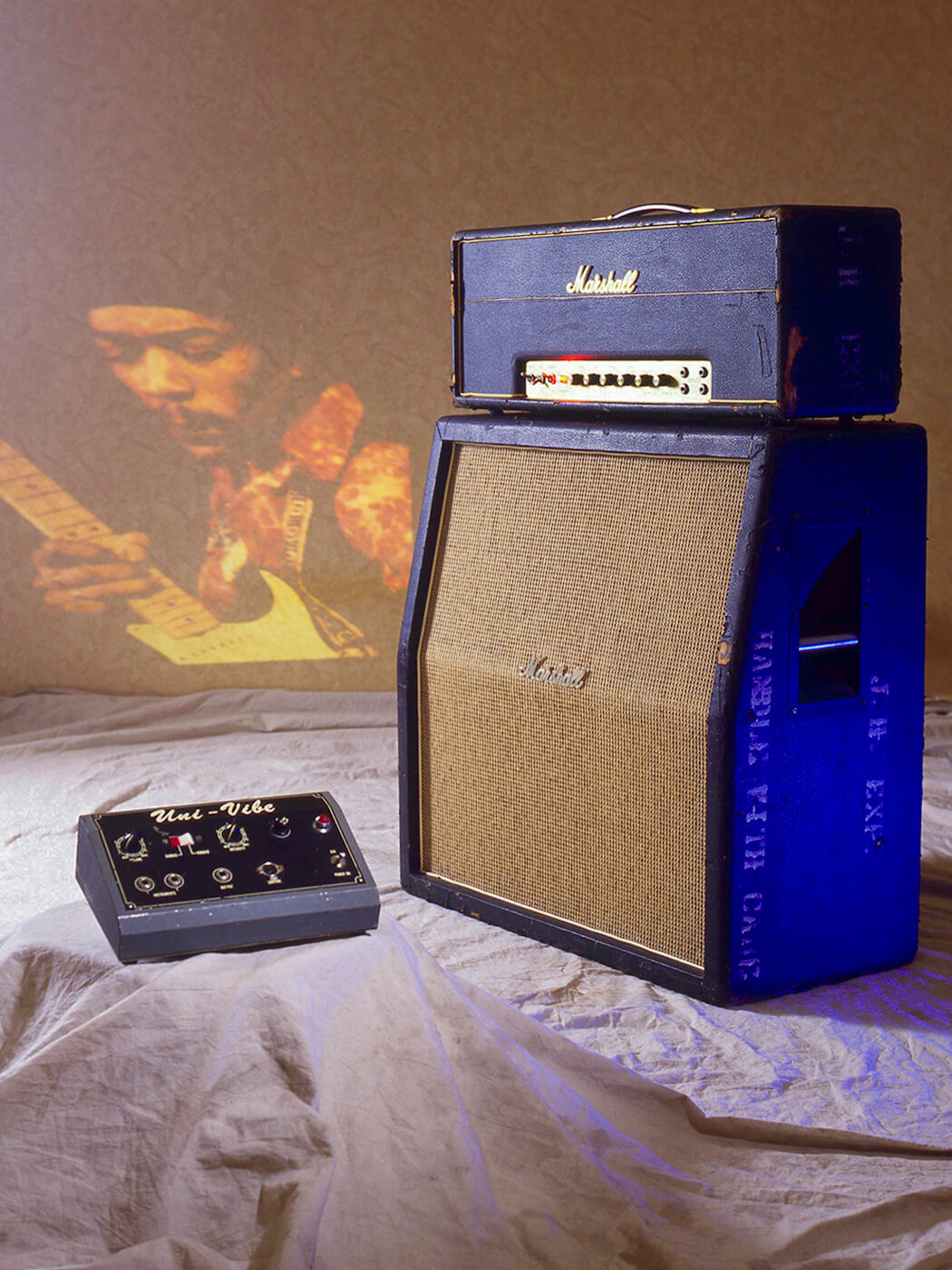The Gear Used on Are You Experienced by the Jimi Hendrix Experience
It’s one of the most important guitar records of all time, but what was Jimi using to create the sounds that would change music forever?

Mitch Mitchell (left), Jimi Hendrix (centre) and Noel Redding (right) of the Jimi Hendrix Experience. Image: Gunter Zint/K & K Ulf Kruger OHG/Redferns via Getty Images
Jimi Hendrix’s debut studio album, Are You Experienced, was recorded between 23 October 1966 – 4 April 1967 in 16 recording sessions, utilizing three engineers, at three locations, including De Lane Lea Studios, CBS, and Olympic, all in London. The use of overdubbing led to some conflicting stories about the gear and recording techniques used on the album throughout the years.
- READ MORE: Catalinbread Tremol8 review: a thoroughly modern take on the oldest effects pairing of all
During the five-month recording span, Hendrix would meet and work with key figures like engineering mastermind Eddie Kramer and acoustic engineer Roger Mayer, who would go on to shape what would come to be known as the Hendrix sound.

Guitars
Soon after Jimi arrived in London from New York City in September 1966, he was seen playing an Olympic White-finished Fender Stratocaster with a maple neck and rosewood fingerboard, most likely from between ’63 and ’65. It remains unclear if this guitar was brought over from the US or if it was purchased soon after his arrival. We do know that he bought a secondhand Strat — a black one with rosewood fretboard board — around November of 1966. Reports suggest that, during February of 1967, during the recording sessions, Jimi had his black Strat stolen from a gig in Darlington and his white Strat was stolen from a gig at London’s Roundhouse. He soon acquired at least one more white one and at least one sunburst model, all with rosewood fretboards, which he clearly preferred.
Jimi had a stable of guitars that he used on tour that included some “sacrificial guitars” that he would demolish at the end of the show. His guitars were generally entrusted to the care of Gerry Stickells (road manager), Neville Chesters (roadie), and sometimes Roger Mayer. They were often modified and had necks swapped around as a result of the abuse they took on stage, making the tracking of his Strats much more difficult. Jimi continued playing shows during the recording of the album, putting his stable of Strats through some grueling onstage paces.
According to Roger Mayer, in a 2021 interview with Guitar Player, Hendrix broke his main Strat and had to borrow a guitar for a recording session he had the next morning, “He only had one guitar at the gig – this Strat he was using – and he’d just broken it. So, on the way to Olympic [recording studio], we had to dispatch Noel [Redding] off to get another one. I went in my own car, Jimi went with [Gerry] Stickells, and Noel went off in a taxi to get another guitar.”

Mayer continued to describe what Redding showed up at the studio with, “It was a regular ‘butterscotch’ [blonde] Tele, and I’m pretty sure it had a maple ‘board. I think it belonged to a friend of Noel’s that he used to play with. That was the only guitar we could get.” He continued, “The Purple Haze solos were played on the upper part of the neck and Jimi wasn’t intending to use a vibrato, so it didn’t really matter that it was a Telecaster. The sound of a Tele on the bridge pickup is similar to a Stratocaster in many ways. I mean it’s not worlds apart if you’re playing in the upper register. Plus, with the effects Jimi was using it would have been impossible to tell the difference. I mean the Octavia produces so many more harmonics. Perhaps with a Telecaster the sound might have been a little more piercing, but it was a brand-new sound anyway.”
So, according to Mayer, a Telecaster was used for the solo on Purple Haze, rather than a Stratocaster, but we can surmise that Strats were used throughout the rest of record. It is generally believed that Jimi had been using a white Stratocaster which had previously belonged to Keith Richards for the bulk of the sessions. However, the timeline of him getting the guitar from Keith’s girlfriend Linda is shaky at best — some claim that she lent it to him and took it back, other versions claim that it was never Keith’s guitar. The truth is out there but we will probably never know for sure. Based on my research, I believe Jimi had three white Strats at the time of the recording sessions and it’s anyone’s guess which ones were used on the record.

Amps
As for amplifiers, we know that Jimi purchased at least two Super 100 Marshall Heads and four 4×12 cabinets from Jim Marshall in the fall of ’66. He was seen using them during a short French tour, as early as October 13th of ’66. These were the first Jimi Hendrix Experience shows ever, and less than two weeks prior to the recording sessions for Experienced.
Effects
As for effects, Hendrix was acquiring several new pedals during this era, including a Fuzz Face, which was used on Love or Confusion [recorded November 24th, 1966]. Later on, in his career, Roger Mayer made several modifications to Jimi’s Arbiter Fuzz Faces to achieve specific sounds, but these modified pedals still looked exactly the same as a standard Fuzz Face. A lot of these modified Fuzz Faces were stolen from shows and we still have no idea where they are today.
Hendrix met Roger Mayer soon after his arrival and immediately brought him into the fold. Jimi tracked Purple Haze and Fire using Mayer’s creation, the Octavia pedal, which would go on to be a massive part of what we now know of as the Hendrix sound. When Track Records sent the master tapes for Purple Haze to Reprise for remastering, they allegedly wrote on the tape box: “Deliberate distortion. Do not correct.” Mayer’s inventive spirit matched Hendrix’s and together the two would forever alter the tonal landscape we all walk today.

A lot of people think Hendrix used a VOX wah on Experienced, particularly on the song I Don’t Live Today. As Jimi noted in an interview, “It’s a very groovy sound but on Are You Experienced?, I Don’t Live Today [recorded February 20th, 1967], there’s a talking wah guitar solo, but we used a hand wah, which sounds very good. We were doing it with our hands. So then VOX and this other company in the States in California, they made a foot pedal thing.”
There you have it – a pioneering album both musically, and in terms of the gear used!




